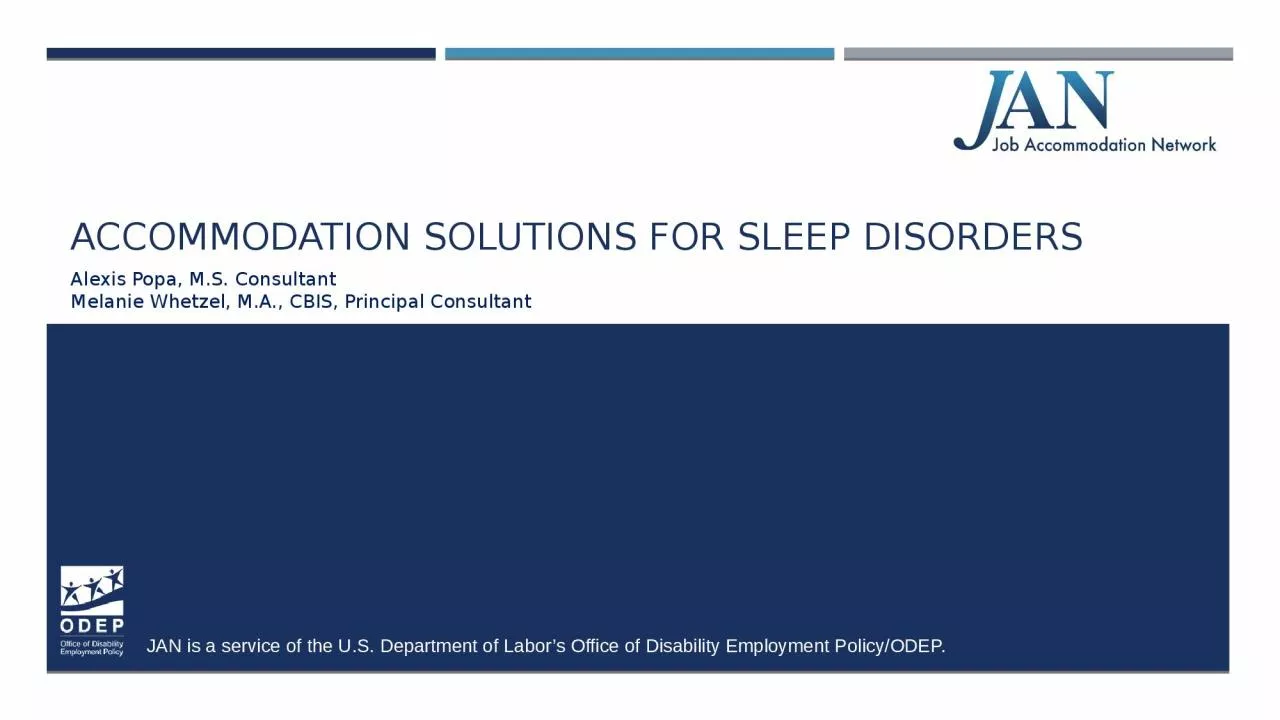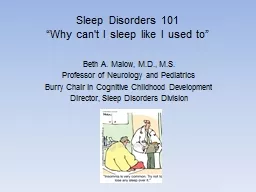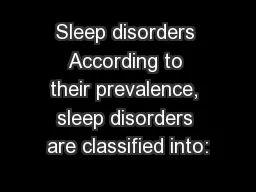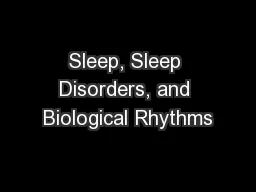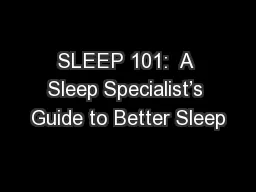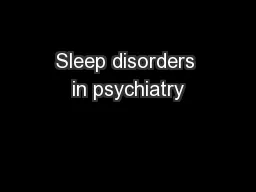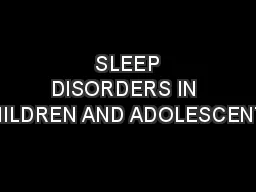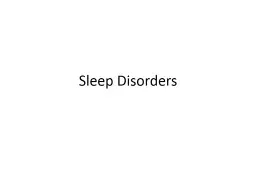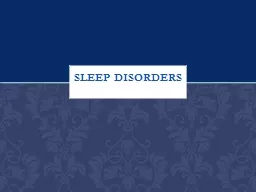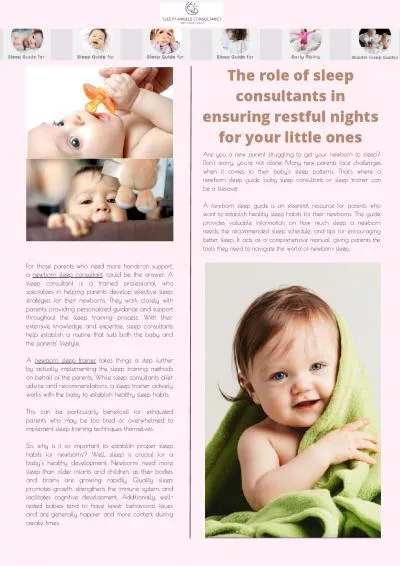PPT-Accommodation Solutions for Sleep Disorders
Author : bency | Published Date : 2024-01-29
Alexis Popa MS Consultant Melanie Whetzel MA CBIS Principal Consultant JAN is a service of the US Department of Labors Office of Disability Employment PolicyODEP
Presentation Embed Code
Download Presentation
Download Presentation The PPT/PDF document "Accommodation Solutions for Sleep Disord..." is the property of its rightful owner. Permission is granted to download and print the materials on this website for personal, non-commercial use only, and to display it on your personal computer provided you do not modify the materials and that you retain all copyright notices contained in the materials. By downloading content from our website, you accept the terms of this agreement.
Accommodation Solutions for Sleep Disorders: Transcript
Download Rules Of Document
"Accommodation Solutions for Sleep Disorders"The content belongs to its owner. You may download and print it for personal use, without modification, and keep all copyright notices. By downloading, you agree to these terms.
Related Documents

